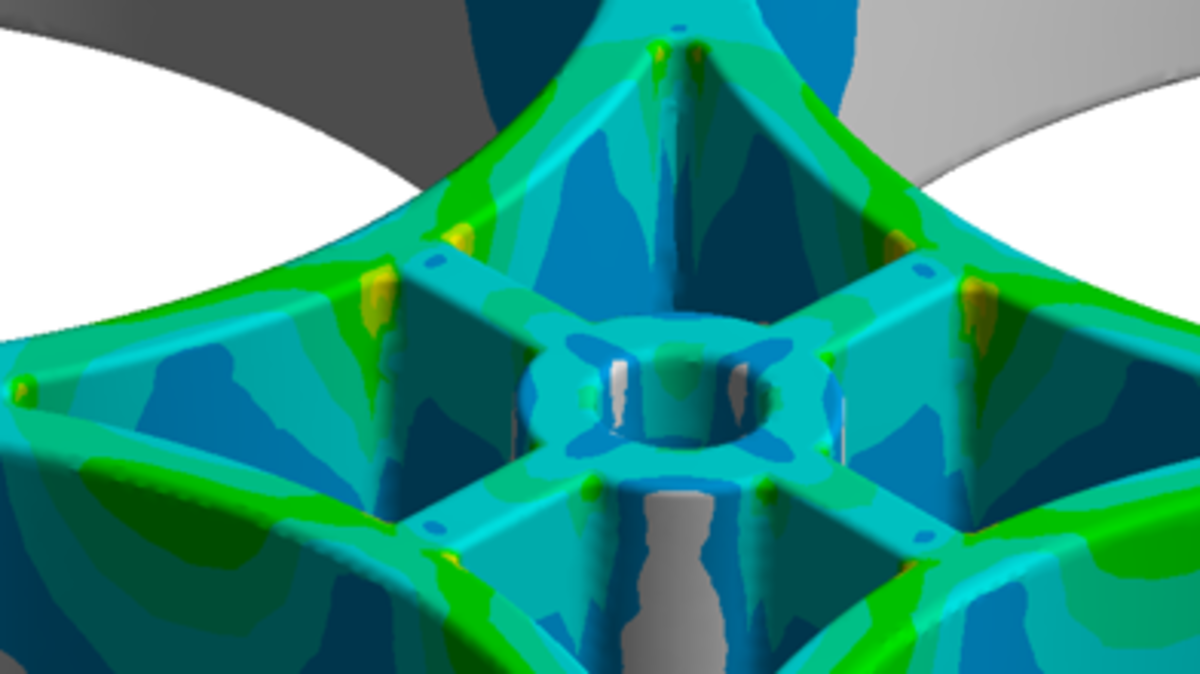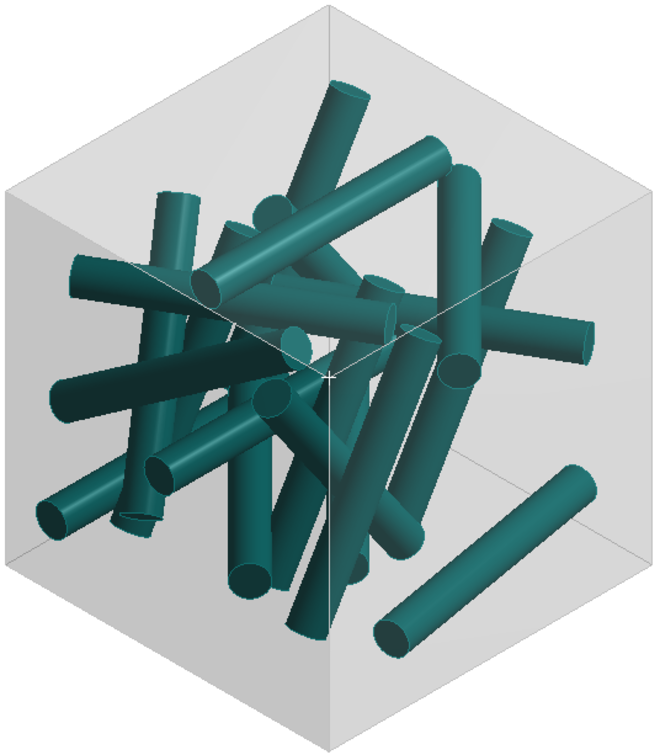FEM: Short fiber reinforced plastics isotropic calculation - should you?

Increasingly, metal components are being substituted by plastics. Due to the much lower stiffness of plastics, short glass fibers with a length of less than one millimeter are often added. Longitudinally and transversely to a fiber, however, the material has different material properties. So what material behavior does one assume in a structural mechanics FEM calculation?
Characteristic values of the material manufacturers usually originate from injection molded tensile specimens, but here the fibers are relatively highly oriented in the measuring range. If these material characteristic values are used with an isotropic material model, the material is significantly overestimated.
The solution: anisotropic material model. An injection molding simulation is first used to determine the fiber orientations in the component. These are mapped to the structural mechanics calculation model and an anisotropic material is defined at each point in the component based on the local fiber orientation. Elasto-plastic or strain-rate dependent material behavior can also be calculated.
Tests up to fracture were carried out on a pressure plate for pipe penetrations on buildings made of a PA66-GF35. The component is quarter-symmetrical, but the injection point is set off-center. The calculation with an isotropic material model predicts a load factor of 75% for the force determined in the test at initial fracture. The location of the initial fracture cannot be localized due to the symmetry. The FEM calculation with an anisotropic material model results in a point landing, degree of utilization 100 %. The location of the initial fracture can also be identified.
The additional effort for a calculation with anisotropic material is the construction of the anisotropic material model and the execution of an injection molding simulation to determine the fiber orientation. Since such a simulation is usually carried out anyway for the mold design, the information on the fiber orientation is virtually a by-product. The structural-mechanical calculation itself does not require any significant additional effort compared to a conventional simulation. The added value is a much more precise result of the simulation!
Have we aroused your interest?
If you have similar tasks, please do not hesitate to contact us.
We are also happy to arrange a non-binding consultation appointment or a telephone consultation.
Phone: +49 (0)7321 9343-0
E-Mail: info@merkle-partner.de
Of course, you are also welcome to browse our website:
www.merkle-partner.de


